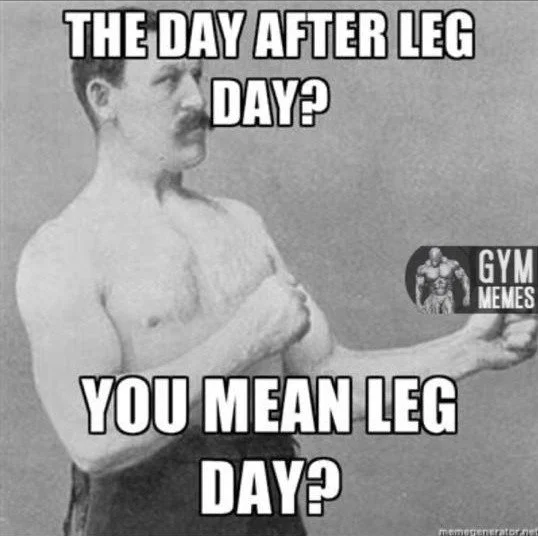High Reps vs. Low Reps: Which Training Method Builds Stronger Legs?
When it comes to building stronger legs, there's more than one way to squat a barbell. A recent study just shook up the strength-training world by comparing traditional high-load workouts (think heavy weights, fewer reps) against trendy low-load sessions paired with blood flow restriction.
While both methods can pump up your hamstrings—they target different muscles and outcomes. So, should you go heavy or get cuffed up? Grab your shaker cup, and let's dive into the muscle-building science.
1. High-Load Training: The Strength Builder
What it is: Heavy weights, lower repetitions.
Muscle Targeted: Semitendinosus muscle
Pros: Significant increases in muscle hypertrophy and knee flexor strength.
Best for: Athletes looking to boost overall strength and muscle growth quickly.
Source: Essential Anatomy 5 by 3D4Medical from Elsevier, Apple App Store
2. Low-Load Training with Blood Flow Restriction (BFR): The Muscle Sculptor
What it is: Lighter weights, higher repetitions, using cuffs to restrict blood flow.
Muscle Targeted: Semimembranosus muscle
Pros: Effective muscle growth without heavy lifting, reduces joint stress.
Best for: Those recovering from injuries, older adults, or anyone looking to build muscle without heavy strain.
Source: Essential Anatomy 5 by 3D4Medical from Elsevier, Apple App Store
3. The Science Behind Resistance Training Protocols
Both high-load training and low-load BFR tap into different mechanisms of muscle hypertrophy. High-load training stimulates greater mechanical stress, while low-load BFR induces metabolic stress, encouraging muscle growth differently.
4. Knee Flexor Strength: Why It Matters
Improving knee flexor strength isn't just about performance—it's essential for injury prevention and enhanced daily function. High-load training has the upper hand here, but low-load BFR still has significant benefits, especially for specific muscle targeting.
5. Your Optimal Strategy: Mix and Match
Why choose just one? Incorporating both training styles into your regimen can maximize muscle growth, strength, and overall leg function. Rotate between high-load strength sessions and low-load BFR workouts for balanced muscle development.
Bottom Line Solution:
Leveraging the biomechanics behind your workouts can improve effectiveness of your training efforts. By combining both high-load training and low-load BFR protocols, you can maximize muscle growth and strength gains across your hamstrings, unlocking your ultimate leg-day potential.



